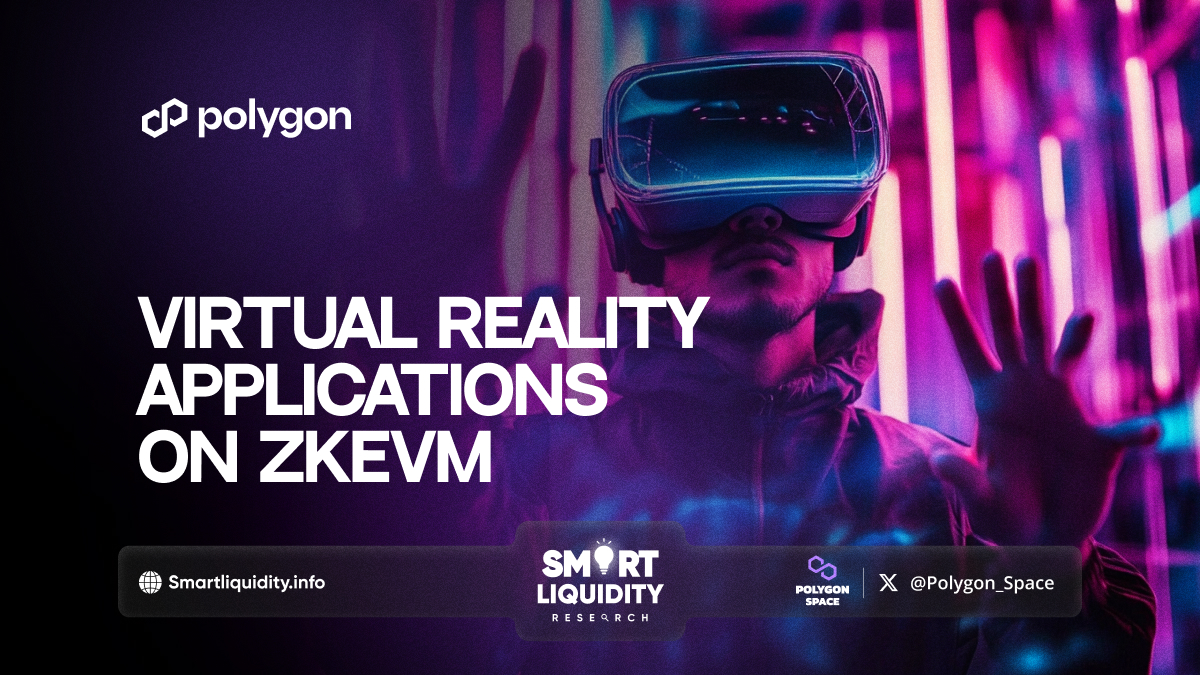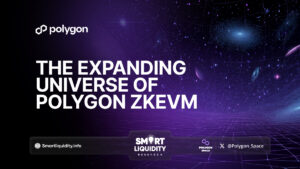Exploring Virtual Reality Applications on Polygon zkEVM


The rise of virtual reality (VR) has transformed various industries, and now, the integration of blockchain technology, particularly Polygon’s zkEVM, is enhancing these experiences. As developers explore this innovative landscape, the potential applications for VR within the Polygon ecosystem are becoming increasingly exciting.
First and foremost, the combination of VR and blockchain offers unparalleled security. With zkEVM’s zero-knowledge proofs, users can engage in virtual environments without compromising their personal information. This fosters a safer space for transactions and interactions, which is crucial in maintaining user trust. Furthermore, the scalability of Polygon’s network ensures that high-quality VR experiences can be delivered to a vast audience without significant lag.
Additionally, the incorporation of NFTs (non-fungible tokens) within VR environments opens new avenues for creativity and ownership. For instance, users can purchase unique virtual assets or artworks that enhance their VR experiences. This not only supports artists but also allows users to express their individuality in immersive worlds. As a result, the economy within these virtual realms can thrive.
Moreover, educational applications of VR on Polygon zkEVM are becoming prominent. Students can engage in interactive learning experiences that transport them to historical events or scientific phenomena. Thus, this method of learning is both engaging and informative. As educational institutions adopt these technologies, the potential for improved learning outcomes increases.
In conclusion, the synergy between virtual reality and Polygon zkEVM presents a myriad of opportunities. As developers continue to innovate, we can expect a more immersive, secure, and dynamic digital landscape. With ongoing advancements, the future of VR on Polygon zkEVM looks promising, paving the way for groundbreaking applications that could redefine how we interact with both virtual and real worlds.




